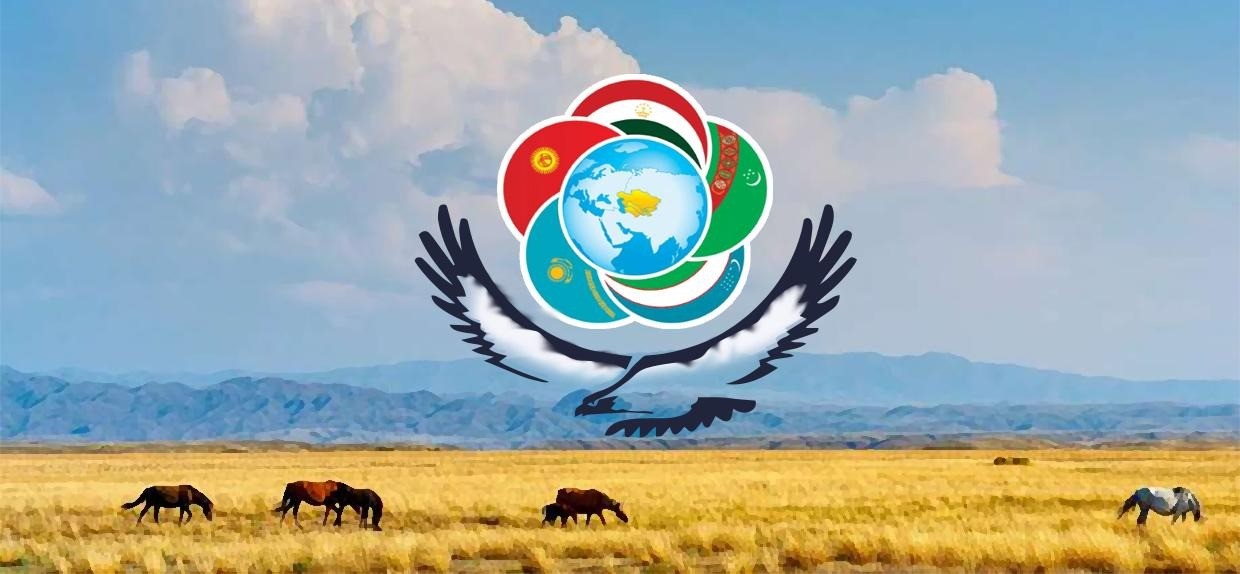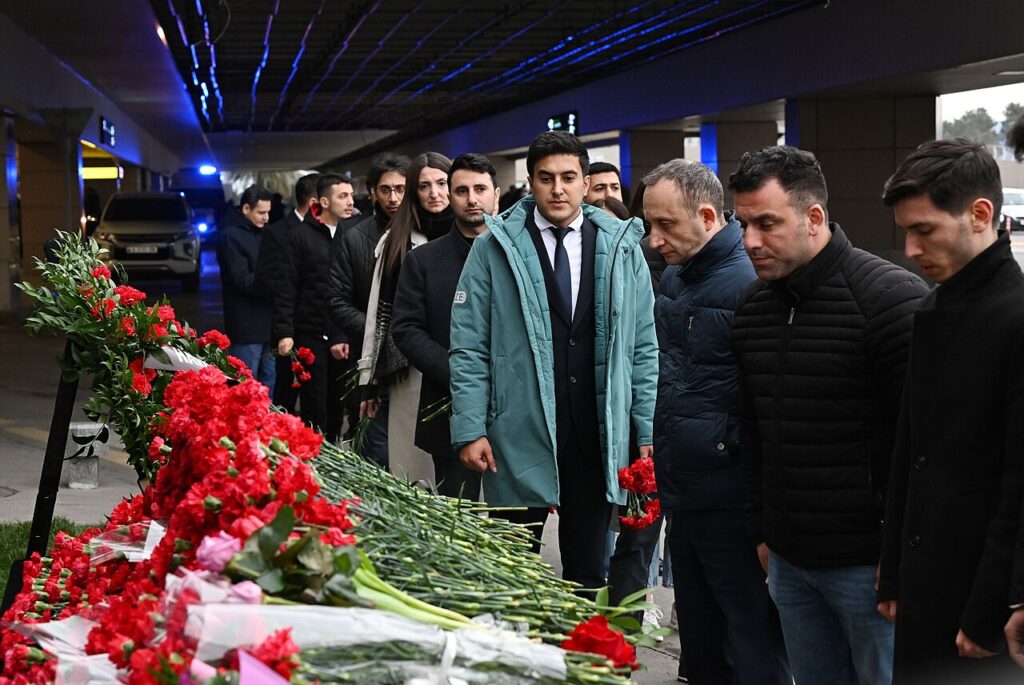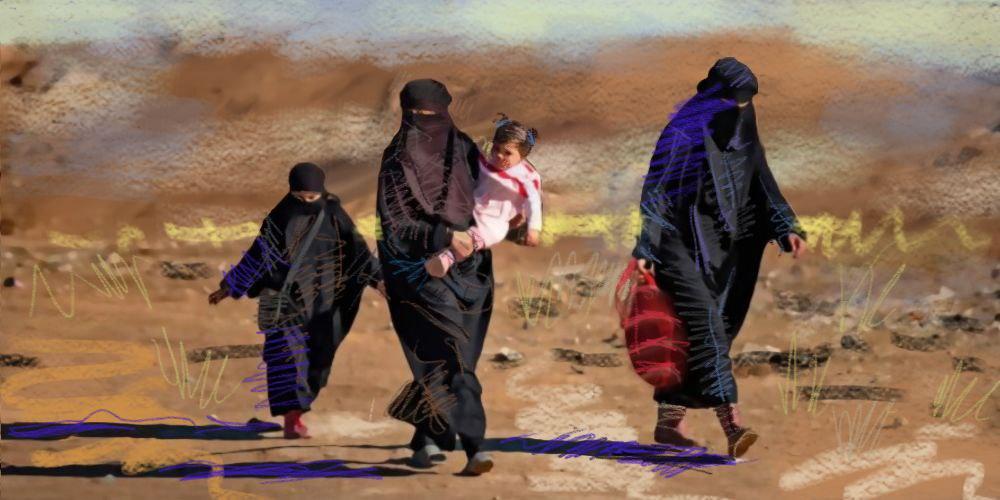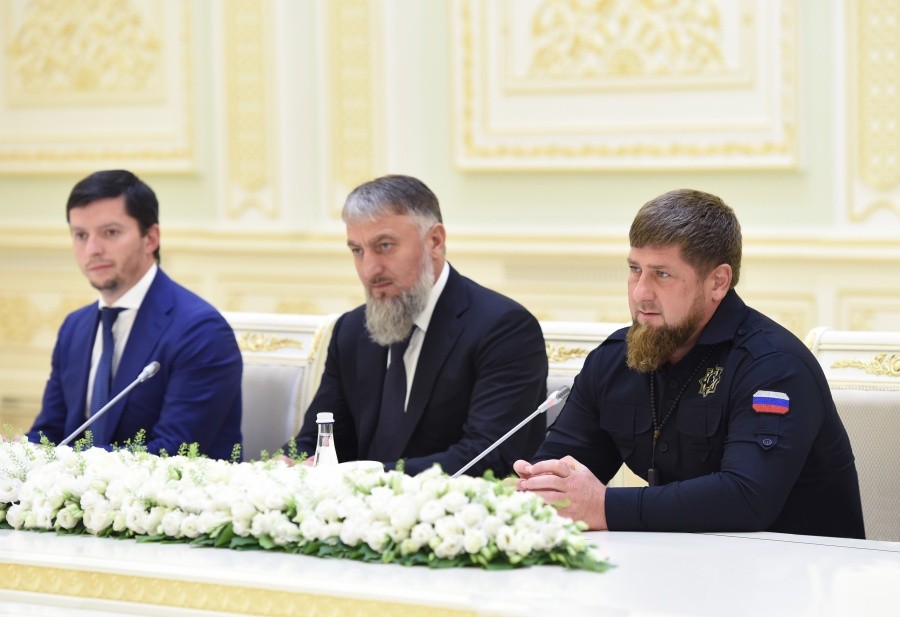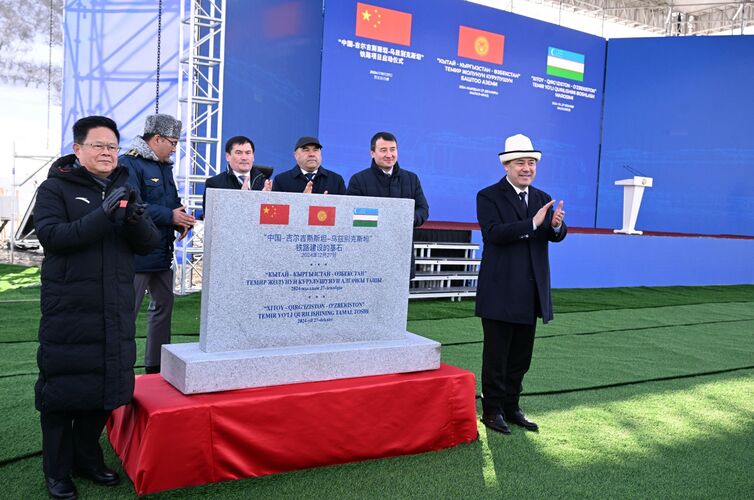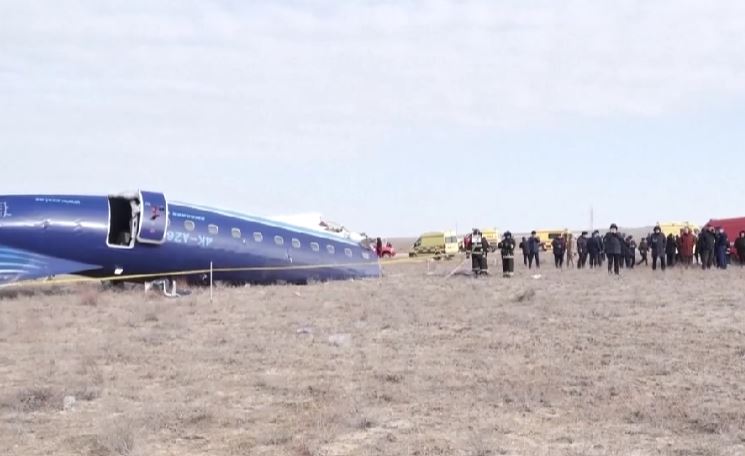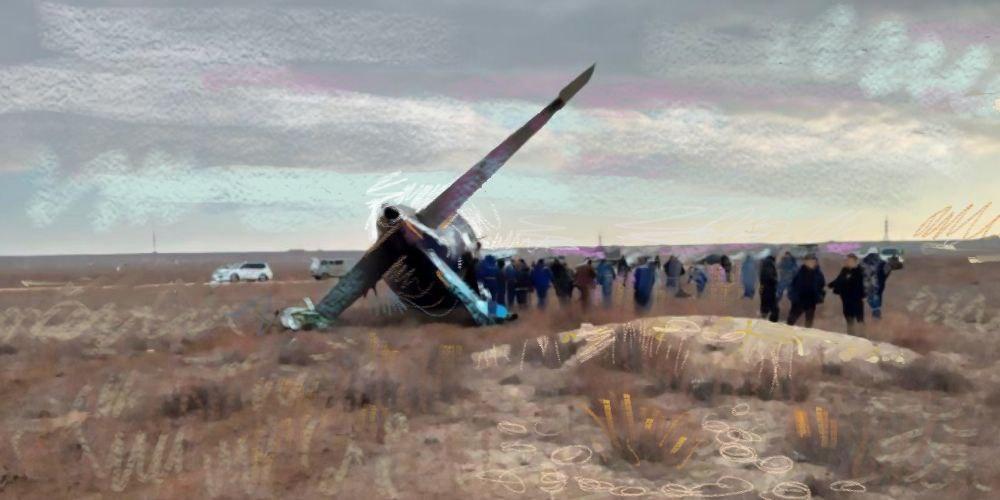Central Asia has become a focal point for world and regional powers such as China, Russia, the European Union, the United States, and Turkey. Amid geopolitical uncertainty and a shifting global order, regional cooperation seems to be a top priority for Kazakhstan, Kyrgyzstan, Uzbekistan, Turkmenistan, and Tajikistan in their foreign policy.
The problem, however, is that the absence of a unified regional identity among Central Asian nations poses a major obstacle to their ambitions to strengthen regional integrations. They have different views on their regional identity due to their unique cultures, histories, politics, and economies.
But in spite of that, on June 9, in the Kazakh capital of Astana, leaders of the five Central Asian countries gathered to discuss closer economic cooperation, stability and security in the region. They sought to expand ties in trade, industry, transport and logistics, energy, agriculture, as well as in the water management.
As a result of the summit, regional leaders signed several key agreements, including the Roadmap for development of regional cooperation for 2025-2027, as well as the Conceptual framework of development of regional cooperation Central Asia 2040. These documents indicate that the regional integration will be a long-term process that will last for decades. In the meantime, Central Asian states will almost certainly continue strengthening bilateral ties.
The Consultative Meetings of the leaders of Central Asian countries gave Kazakhstan and Uzbekistan another opportunity to deepen cooperation in various fields. The two nations, who signed an agreement on allied relations in 2022, announced their plans to adopt a strategic partnership program until 2034, and also to jointly launch several big economic and energy project.
Prior to the meeting in Astana, presidents of Kazakhstan, Kyrgyzstan, Uzbekistan, Turkmenistan, and Tajikistan held talks with Azerbaijani leader Ilham Aliyev. They were also scheduled to meet with Japanese Prime Minister Kishida Fumio, but he canceled his visit to Astana after the Japan Meteorological Agency issued a warning of a potential earthquake in the Nankai Trough.
Unlike him, Josep Borrell, Vice-President of the European Commission and High Representative of the European Union for Foreign Affairs and Security Policy, visited Central Asia in early August. He traveled to Kazakhstan and neighboring Kyrgyzstan– a country that signed the Enhanced Partnership and Cooperation Agreement with the European Union on June 25.
Although both nations are members of the Russian-led Eurasian Economic Union (EAEU), and the Collective Security Treaty Organization (CSTO) Moscow’s preoccupation with the war in Ukraine has allowed other actors, including the European Union, to strengthen its presence in the strategically important region. While the EU’s goals in Central Asia are mainly related to energy, Japan’s plans to expand cooperation with the five regional countries serve as Tokyo’s strategic tool to counterbalance China’s growing influence in the region.
Azerbaijan, on the other hand, seeks to create a strategic energy bridge linking Central Asia and Europe via the South Caucasus. That is why Baku’s collaboration with Central Asian countries in the energy sector has become more crucial than ever. It is no surprise that Azerbaijan, Kazakhstan and Uzbekistan recently signed a project to unify energy systems, aiming to eventually begin exporting green energy to Europe. The EU, seeking to end its dependence on Russian energy, supports such plans, as well as some regional nations’ ambitions to further distance themselves from the Kremlin and develop closer ties with the West.
Meanwhile, Kazakhstan, Kyrgyzstan, Uzbekistan, Turkmenistan, and Tajikistan will almost certainly jointly work to address challenges such as water, energy, and food security.They will also attempt to expand cooperation in trade, industry, transport and logistics, and agriculture. In the past decade,mutual trade between the Central Asian states reached nearly $11 billion, and the region’s economies are expected to see a 5.4% growth this year. Also, the combined GDP of all countries in the region is approximately $450 billion,
Thus, Central Asia undoubtedly has the potential to emerge as a pivotal transport, logistics, and transit hub. Its strategic location is central to major global transport networks, including China’s Belt and Road Initiative and the North-South Corridor. However, for Central Asia’s long-term development, the crucial thing is to preserve peace and stability in the region. Who will ensure its security – will likely hinge on the outcome of the war in Ukraine.
One thing is certain: in the current complex geopolitical and economic realities, maintaining the high pace of development in regional cooperation will be a key focus for Central Asian countries.
